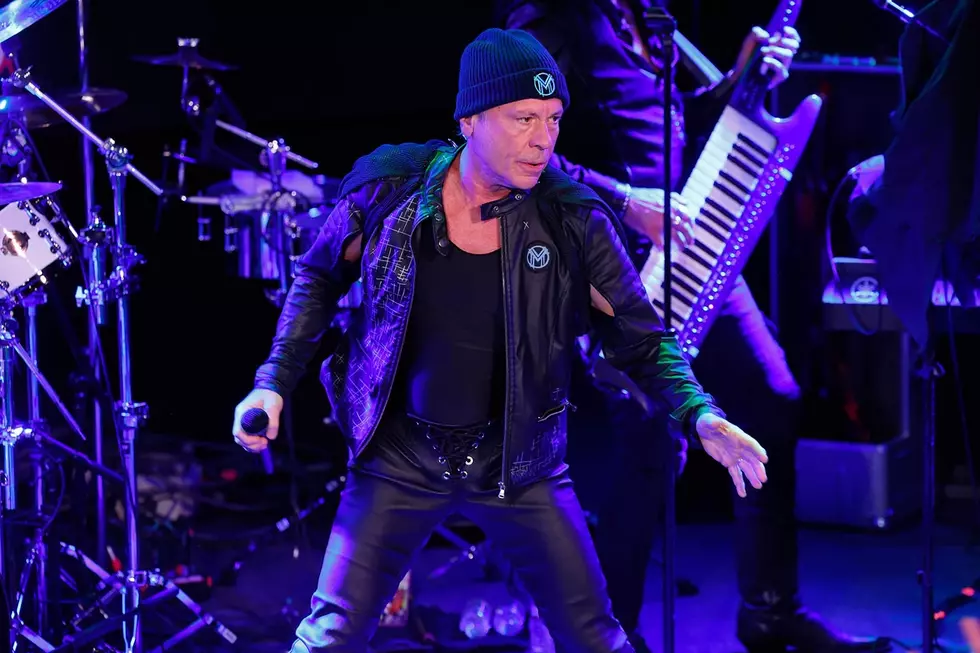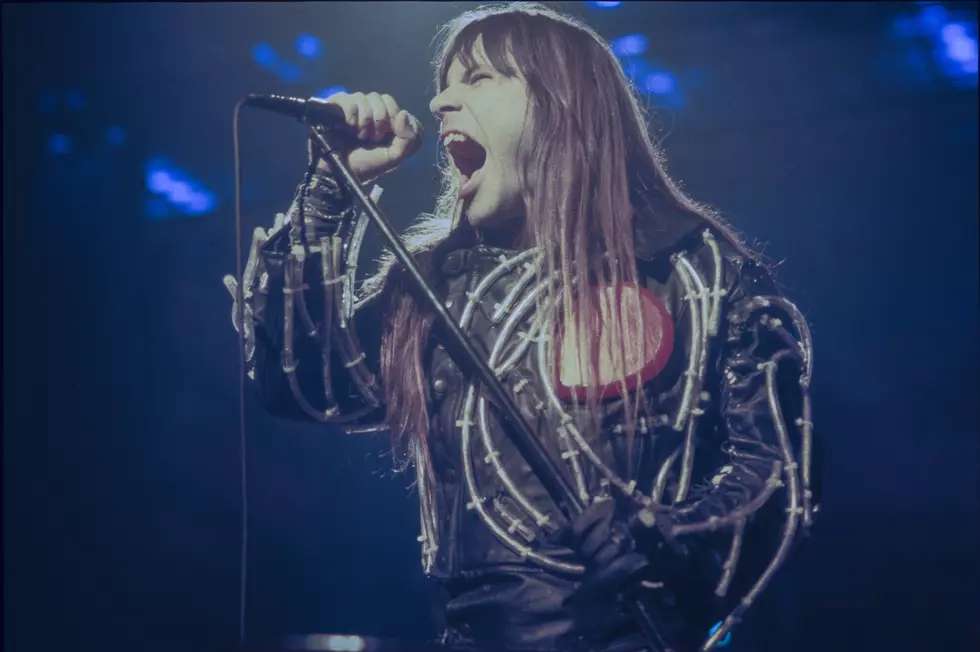
Why Iron Maiden Fell Flat With ‘No Prayer for the Dying’
The '80s were really good to Iron Maiden. Having cemented a legacy at the altar in the pantheon of heavy metal along with Judas Priest and the increasingly mainstream Metallica, hopes were high going into the '90s – especially coming on the heels of what was easily one of the best records in the band’s catalog, 1988’s Seventh Son of a Seventh Son.
That’s why it was a surprise when No Prayer for the Dying, released Oct. 1, 1990, landed with a bit of a thud.
Perhaps sensing a change in the music scene was afoot, Maiden decided to overhaul their sound drastically. The sprawling 10- and 13-minute compositions full of offbeat time signatures and Bruce Dickinson's soaring, operatic vocals were replaced by shorter songs. All but one clock in under five minutes – and feature Dickinson singing in a much more straight-ahead pitch.
The stripped-down change in direction was extreme enough to lead to longtime guitarist Adrian Smith to depart the group, with his slot filled by Janick Gers, a journeyman player who most recently linked up with Dickinson for the singer’s solo debut, Tattooed Millionaire, which came that May. The addition of Gers likely made the transition into more streamlined arrangements that much easier.
Opener “Tailgunner” and lead single “Holy Smoke” are the strongest tracks, along with a retooled version of Dickinson’s solo effort “Bring Your Daughter ... to the Slaughter,” which was originally a much-hated number for the soundtrack to the fifth Nightmare on Elm Street film. Maiden saw something buried beneath the cheese, resurrecting the song as a menacing burst that had BBC censors freaking out to the point where it was banned on Radio 1. Regardless, it hit the top of the U.K. charts anyway.
Despite its horrid title, “Public Enema Number One,” could’ve made it as a single, along with album closer “Mother Russia,” the latter of which comes the closest to the old-school Maiden sound. But taken as a whole, there’s little consistency and lack of conviction throughout much of the material.
It’s crucial to note No Prayer for the Dying isn’t a bad album per se, it just isn’t a very good Iron Maiden album. It wasn’t a complete failure either, especially in the wake of the masterful Seventh Son of a Seventh Son. The record sold well enough and charted high in countries around the world. The ensuing No Prayer on the Road tour was successful as well. But again, that may have been due to the rock solid reputation of the group.
Looking back, the disjointed No Prayer for the Dying was a sign of things to come for Maiden, as the '90s were decidedly not good to the band. Its follow-up, 1992’s Fear of the Dark was universally panned, with tensions at an all-time high within the outfit. Dickinson and main songwriter and bassist Steve Harris didn’t collaborate at all, and the former left following a half-hearted farewell tour where the audience knew the band would be continuing on, albeit with a different singer.
Top 50 Classic Heavy Metal Albums
Iron Maiden's Rarest Songs
More From Ultimate Classic Rock









